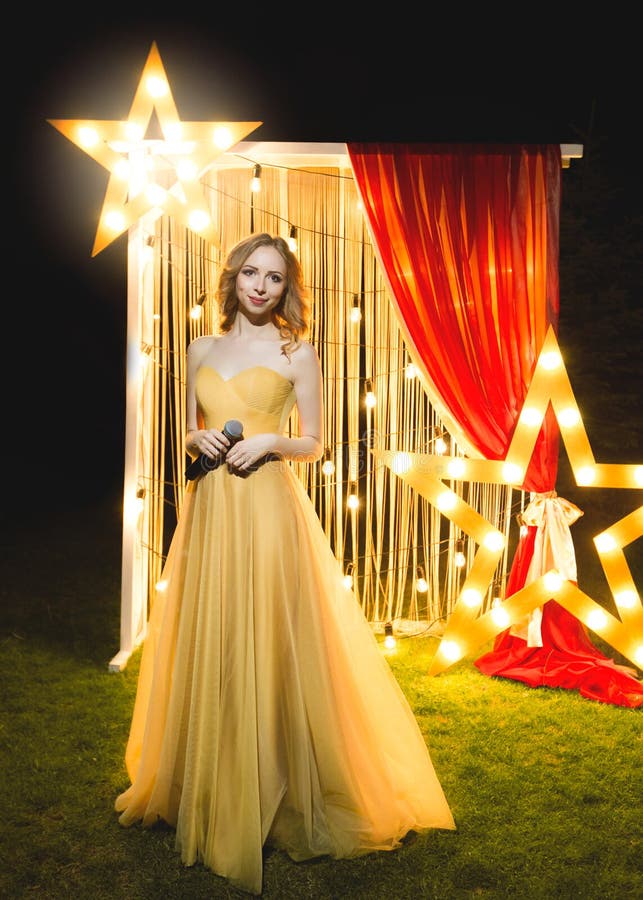

According to the Catholic Encyclopedia, the most ancient ceremonials and rituals of the Catholic Church are the Ordines Romani.

The office of the Master of Ceremonies itself is very old. Examples of official liturgical books prescribing the rules and regulations of liturgical celebrations are Cæremoniale Romanum and Cæremoniale Episcoporum. He may also be an official involved in the proper conduct of protocols and ceremonials involving the Roman Pontiff, the Papal Court, and other dignitaries and potentates. The Master of Ceremonies is an official of the Papal Court responsible for the proper and smooth conduct of the elegant and elaborate rituals involving the Pope and the sacred liturgy. The term originated in the Catholic Church. ( January 2008) ( Learn how and when to remove this template message) Unsourced material may be challenged and removed. Please help improve this article by adding citations to reliable sources. This section needs additional citations for verification. In addition, the term also exists in various chivalric orders and fraternal orders. This usage occurs in the entertainment industry, for example in reference to television game show hosts, as well as in contemporary hip hop and electronic dance music culture. Today, the term is often used to connote a person who presents performers, speaks to the audience, entertains people, and generally keeps an event moving. The master of ceremonies sometimes also refers to the protocol officer during an official state function, especially in monarchies. The term is earliest documented in the Catholic Church since the 5th century, where the master of ceremonies is an official of the Papal Court responsible for the proper and smooth conduct of the elaborate rituals involving the pope and the sacred liturgy. For other uses, see Master of Ceremonies (disambiguation).Ī master of ceremonies, abbreviated MC or emcee, is the official host of a ceremony, staged event, conference, convention, or similar performance.


 0 kommentar(er)
0 kommentar(er)
